Three projects advance to proof of concept stage in Sellafield's drum deformity detection challenge
Published on Wednesday, 15th of May
Feasibility studies exploring the use of digital scanning technologies to identify deformities in 500L drums have been successfully completed.
Launched in July last year by the Retrievals Value Stream at Sellafield Ltd, the challenge attracted 21 applications, each vying to uncover effective methods for detecting distortion in nuclear waste 500L drums housed on the Sellafield site. The drums, numbering around 23,000, contain nuclear waste materials encased in grout, which solidifies around the waste within. However, certain drums have exhibited expansion due to the reaction of uranium within the waste with high pH water in the grout, resulting in noticeable distortions, akin to lumpiness.
The overarching goal of the challenge was to pinpoint any drum distortions while the drums are situated within an inspection cell. The ultimate aspiration is to achieve this detection while the drums remain in place inside designated four-drum stillages. To this end, Sellafield was receptive to measurement methods that can either operate within the inspection cell or function through the shielded window of the inspection cell.
The organisations awarded feasibility funding for their proposals in response to the challenge were:
- Cerberus Nuclear, in Birchwood (Cheshire), presented DrumSight – a 3D digital tool tailored for 500L drum deformity reconstruction, quantification and monitoring.
- Jacobs Clean Energy in Cheshire proposed a visual and laser robotic system geared towards dimensioning and surface profiling, offering a multifaceted approach to deformity detection.
- The University of Bristol leveraged machine vision software, aimed at facilitating through-window inspections via high-resolution images, potentially revolutionising the inspection process.
- The University of Manchester showcased its expertise with rapid 3D surface scanning techniques tailored to identify deformities and conduct metrology assessments on 500L drums.
With Cerberus Nuclear, Jacobs Clean Energy, and the University of Bristol now advancing to the proof of concept stage of the Game Changers process, anticipation is high for the potential breakthroughs that may emerge from these cutting-edge endeavours. The projects are expected to conclude next year.

